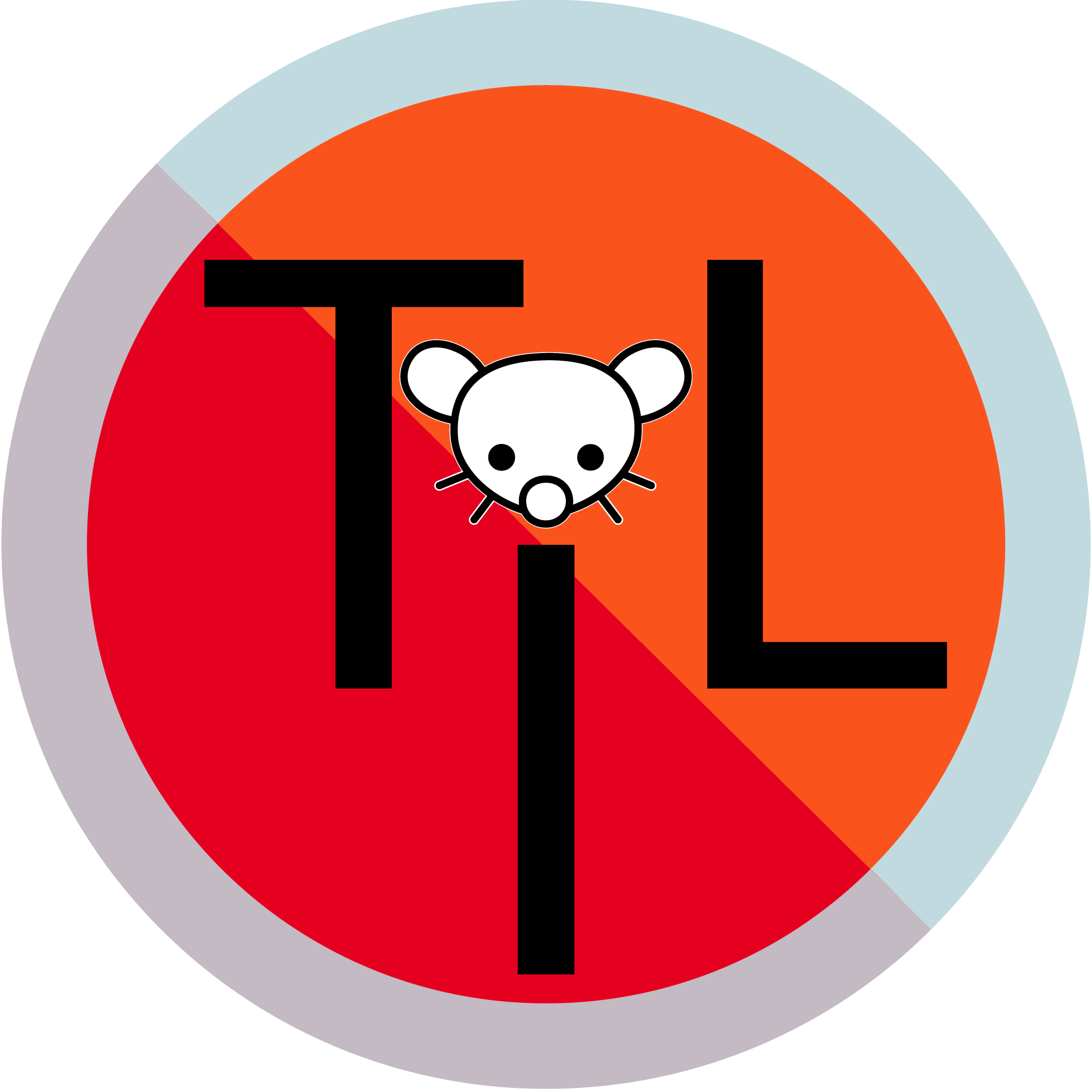

Nero had people sit in the audience and purposefully laugh and do other reactions on cue. He was the first to do this as a routine, which turned into the practice we know today. Maybe it’s the use of the word “track”; I did not mean the device.
It’s nice to meet all you. I am she/her, can speak Toki Pona and English (non-natively), and locatable on Reddit as MozartWasARed. The links at https://discord.gg/sEuSSDz6TQ and https://www.deviantart.com/triagonal/art/My-copyright-policy-and-the-impact-it-extends-into-906668443 are pertinent to me.


Nero had people sit in the audience and purposefully laugh and do other reactions on cue. He was the first to do this as a routine, which turned into the practice we know today. Maybe it’s the use of the word “track”; I did not mean the device.


The concept did not require recorded sound. Like why put in a source if nobody is going to use it, especially when it’s the one named for the Today I Learned community?


He invented the concept.
From the way they said the prop was in “most of the scenes”, I thought they were saying the prop was the norm, not the exception.